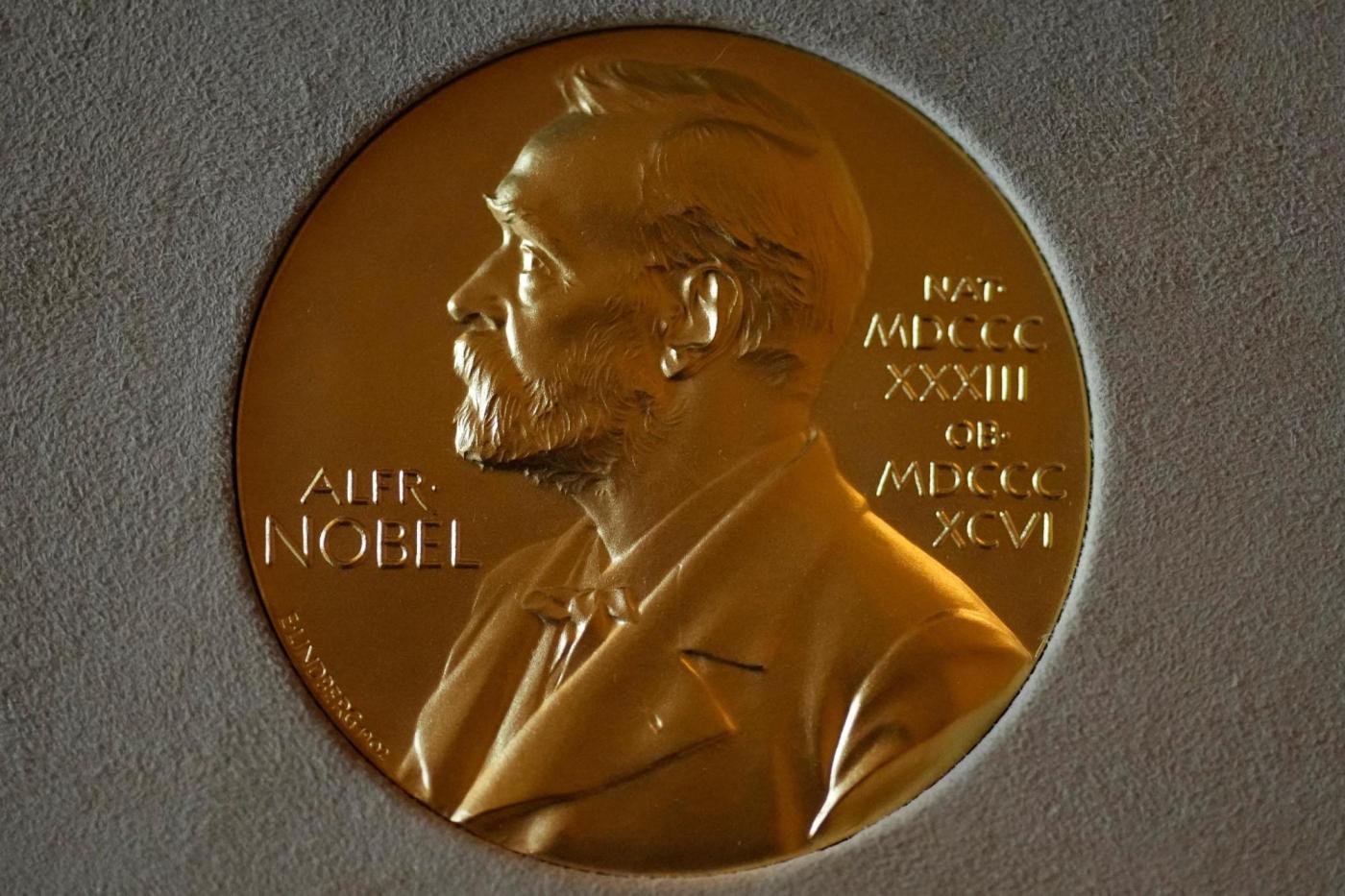The 2025 Ig Nobel Prizes, awarded annually in Boston/Cambridge, recognized unconventional research that provokes laughter and thought. These awards often overshadowed by the more prestigious Nobel Prizes, highlight the creativity and humor in scientific inquiry. This year, recipients showcased a diverse range of topics, from the effects of diet on breast milk to the physics of classic Italian sauces.
Among the notable winners, the 2025 Ig Nobel Prize in Literature was awarded posthumously to William Bean, a former professor at the University of Texas Medical Branch, Galveston. Bean’s unusual study involved meticulously measuring his fingernail growth over a period of 35 years. His findings, published in multiple papers, revealed a noticeable decline in growth with age. In his final work, he noted that his left thumbnail grew at a rate of 0.123 mm per day at age 32, which decreased to 0.095 mm per day by age 67.
The 2025 Ig Nobel Prize in Pediatrics went to Julie Mennella and Gary Beauchamp from the Monell Chemical Senses Center in Philadelphia. Their research explored how garlic in a mother’s diet influences the taste preferences of infants. Their findings indicated that infants nursed longer and sucked more vigorously when breast milk had a garlic scent, shedding light on the connection between maternal diet and infant sensory experience.
In the realm of physics, a team from Italy was recognized for their study titled “Phase Behavior of Cacio and Pepe Sauce.” This research, published in the journal Physics of Fluids, examined how varying starch concentrations can affect the consistency of the beloved dish. The authors defined a condition known as the “Mozzarella Phase,” which leads to undesirable clumping in the sauce. They concluded their paper with a scientifically optimized recipe aimed at ensuring a consistently perfect result, emphasizing the complexity of what may seem like a simple dish.
The 2025 Ig Nobel Prize in Engineering Design was awarded to Vikash Kumar and Sarthak Mittal from Shiv Nadar University in Delhi. Their research, “Smelly Shoes – An Opportunity for Shoe Rack Re-Design,” investigated how unpleasant odors from footwear can diminish the overall experience of using a shoe rack. Their work was published in a chapter of the book “Ergonomics for Improved Productivity,” although details on their methods remain behind a paywall.
In the field of psychology, Marcin Zajenkowski from the University of Warsaw and Gilles Gignac from the University of Western Australia received the Ig Nobel Prize for their study on the relationship between intelligence feedback and narcissism. Their research demonstrated that informing individuals of their high intelligence can increase feelings of narcissistic uniqueness, while suggesting lower intelligence may lead to a decrease in narcissistic tendencies. The authors noted that extreme narcissists often dismiss any unfavorable IQ test results as invalid.
These awards serve to remind us that scientific inquiry can be as entertaining as it is enlightening. The Ig Nobel Prizes, since their inception in 1996, continue to highlight the lighter side of research, drawing attention to studies that might otherwise go unnoticed. As the scientific community engages with increasingly serious topics, the Ig Nobels provide a refreshing contrast, celebrating the quirky and unexpected aspects of scientific exploration.
Fintan Steele, an ex-Benedictine monk and priest with a Ph.D. in biology/genetics, reflects on the significance of these awards in his work. Having dedicated much of his life to science communications, Steele emphasizes the value of recognizing research that combines humor with scientific validity. He currently resides in Boulder County with his husband.





































































